AMD has (finally) launched its new Zen 3 workstation part. The AMD Ryzen Threadripper Pro 5000 series finally brings Milan to the workstation market. If you are a longtime STH reader, then this is a fairly straightforward announcement, but with a few surprises.
AMD Ryzen Threadripper Pro 5000 Series Launched
First off, there are now five SKUs. Here is the side-by-side of the new series. We tried a slightly different format to make it a bit easier to compare the two versions:

The big change is not really the clock speed bump. Instead, it is really in the fact that we get Zen 3 with this generation. The current AMD Ryzen Threadripper Pro 3000 series is based on the “Rome” Zen 2 generation.
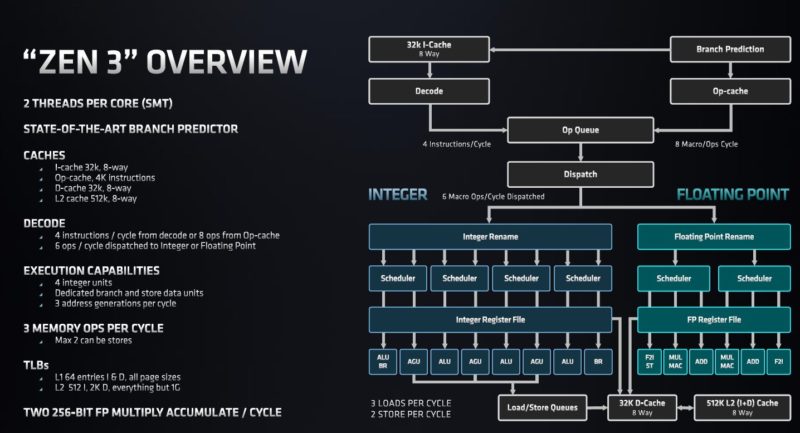
The reason we are using the AMD EPYC codenames is that these Threadripper Pro chips are thinly veiled rebrands of the packages that would otherwise be the AMD EPYC 7002 “Rome” (TR Pro 3000 series) or the EPYC 7003 “Milan” (TR Pro 5000 series.) We call this series the “WEPYC” because it is the workstation EPYC. Here are the big microarchitectural Zen 2 versus Zen 3 changes:
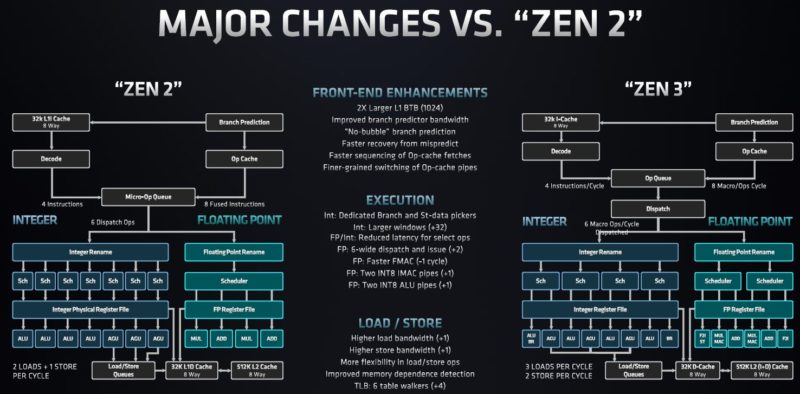
Perhaps the most impactful change is that these chips have the new shared L3 cache among up to 8 cores on each CCD. That gives large 32MB chunks to sets of CPU cores. We are using the EPYC slides here because they are better than the TR Pro 5000 series slides to help explain this. One slight change is that the TR Pro series uses a chipset while the EPYC does not. This is required for things like adding high-speed USB ports that are common in workstations.
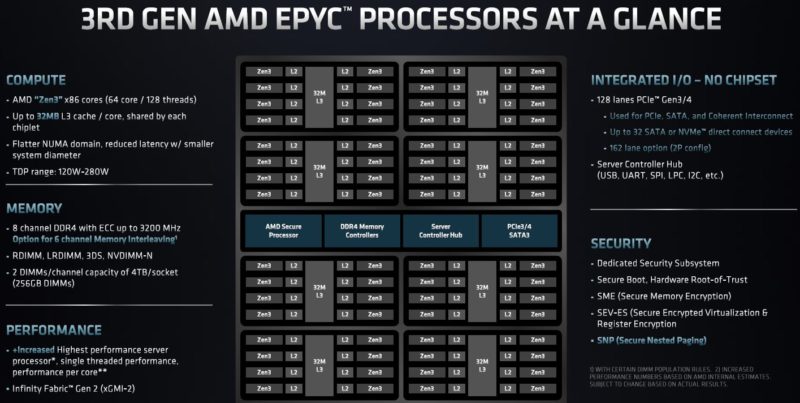
The launch platform for the new series is again the Lenovo ThinkStation P620 that we reviewed.
Something we should note, however, is that Lenovo uses AMD PSB locking on the ThinkStation P620. We covered that here. If you get a Lenovo ThinkStation P620, you should expect that the AMD CPUs in those systems are locked and unable to be used in non-Lenovo systems, more or less limiting them to the P620 models. Lenovo uses AMD PSB on its other AMD products such as its EPYC servers and even 1L corporate desktop PCs:
Most users will not swap CPUs in their ThinkStations, but this is just something to keep in mind, especially if you later want to upgrade and try selling the CPU installed in the systems from the factory. On the EPYC side, we have found significant devaluation of systems with the PSB feature enabled. Stay tuned for that piece when we review the SR655 and SR635.
Final Words
Overall the Threadripper Pro is the best workstation CPU you can get, so moving to Zen 3 is an overall positive. We just hope that the new chips come to the non-Lenovo platforms like the ASUS Pro WS WRX80E-SAGE SE WiFi. These chips are simply awesome and we are excited to hopefully get to bring you Threadripper Pro 5000 series coverage as we reviewed the AMD Ryzen Threadripper Pro 3975WX and 3955WX along with the top-bin 3995WX. This is certainly a favorite CPU line at STH.

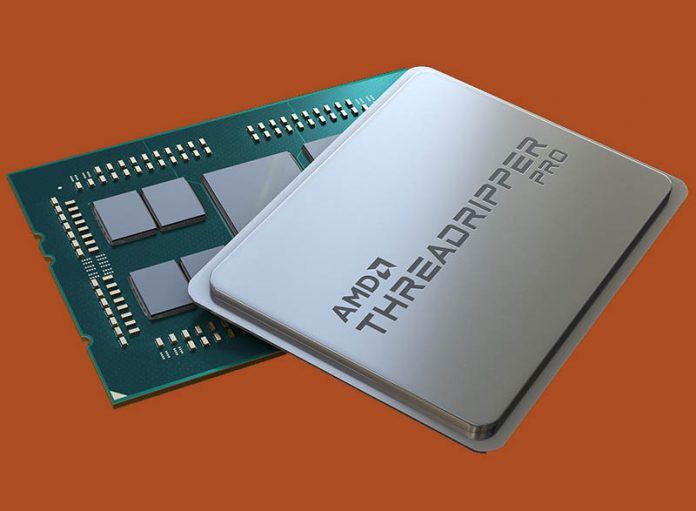
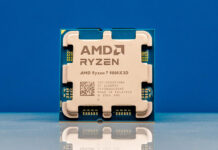
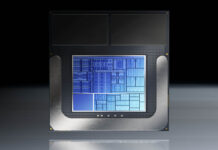

Finally! Disappointed to see the non-pro lineup hasn’t also been refreshed though. Feels like AMD should unlock/have unlocked versions for the WRX80 platform though, given it seems like TRX40 is dead. Adding the 24-core to WRX80 really feels like the final axe of the TRX40 platform.
Too little too late?
Basically the 59[567]5WX are just slightly higher binned 7[345]F3… with 10 higher turbo and 10-20% higher base clock.
Even if you need that increase, with Genoa launching this year… given amd’s generational ipc improvements, not to mention increasing clocks, it’ll very likely be faster still. Not to mention all the other improvements like pcie5/cxl, ddr5, …
I bought an EPYC 7443P last month thinking the Threadripper might never come, these pretty much are just rebranded EPYCs I guess (hence the WEPYC) with higher TDP/Boost. Too late for me at least. Pricing will be interesting.
Are the lower SKUs “4 Channel Memory Optimized” still? Or is that finally a thing of the past?
The question is, if this is only just coming out and itself is late by many accounts, will Genoa be delayed?
I’ve been trying to find a 7443P and it’s pretty impossible. Now prevalent non-commercial offerings are for Milan products at the moment…it seems pretty scarce. Whether the general shortage issues also plague AMD I can’t say, but generally speaking, deliveries are sliding.